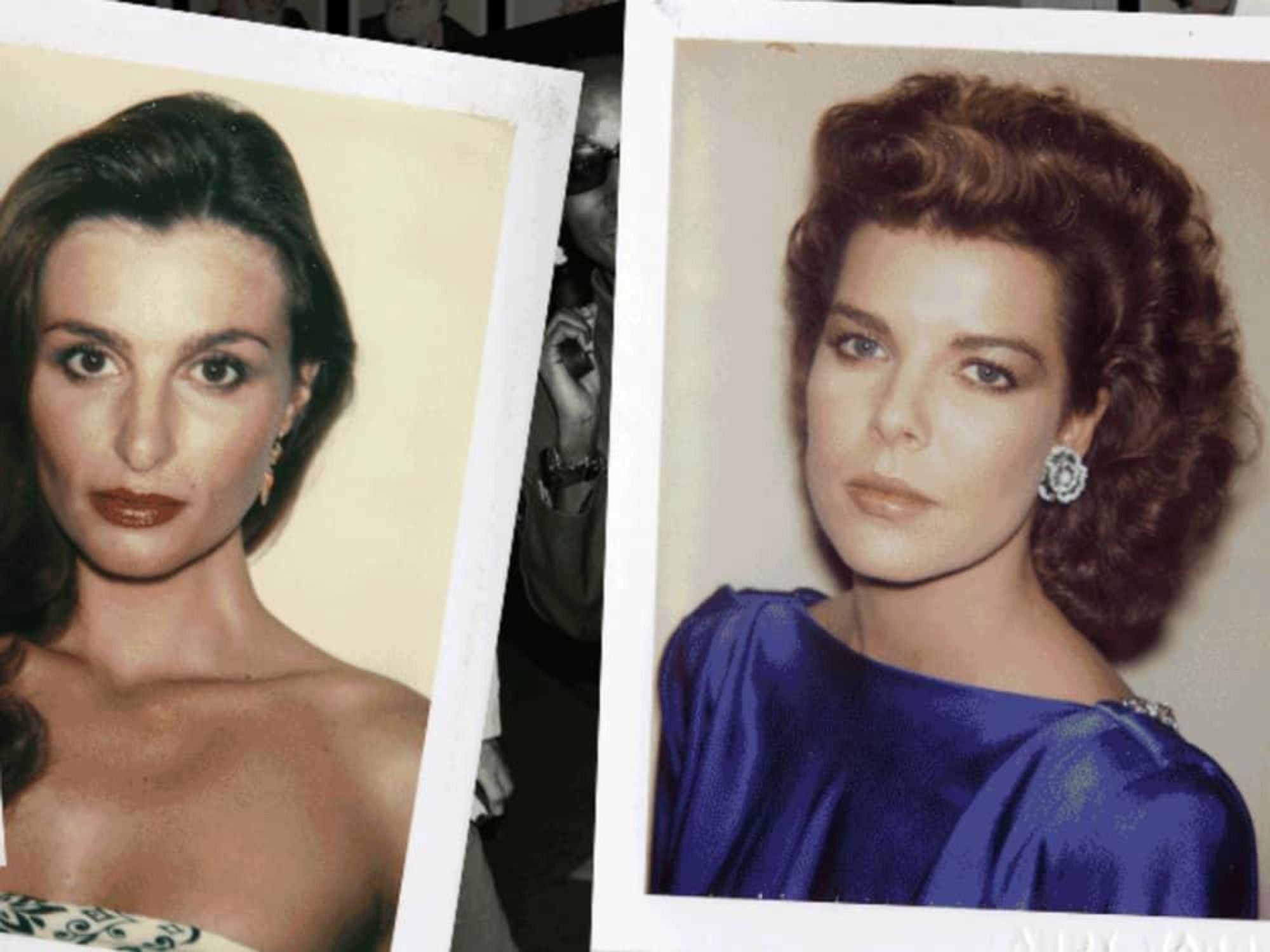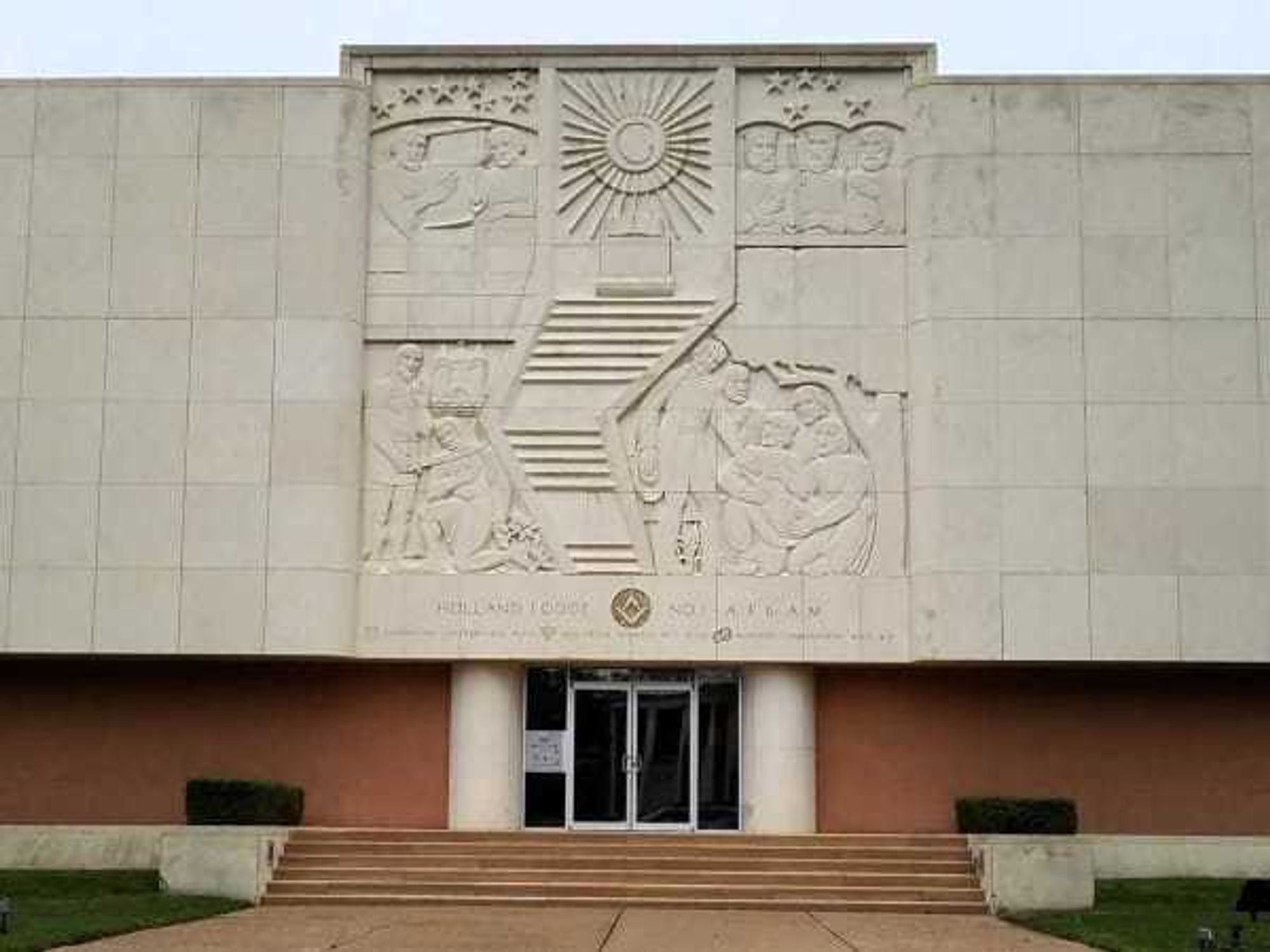american beauty
Andy Warhol's iconic snapshots pop up in new downtown exhibition

Eccentric, edgy, and weirdly prophetic, Andy Warhol is one of the most celebrated artists in modern history. The man who helped found the Pop Art movement and who’s famous for lines such as, “In the future, everyone will be world-famous for 15 minutes,” is even more famous for iconic images of celebrities and those Campbell’s soup cans and other unmistakable pieces of American consumer culture.
Now, Houstonians can get a glimpse of some Warholian snaps in a new exhibit at University of Houston-Downtown’s signature O’Kane Gallery. The new show, dubbed “Instantaneous Beauty: Andy Warhol and the Photographic Process,” is organized by Public Art of the University of Houston System (or Public Art UHS) and is a play on another Warhol line, where he declared that he “never met a person I couldn’t call a beauty.”
Viewers can expect Warhol’s photographic takes on beauty, all made between 1975 and 1985. These images belong to Public Art UHS, which received the pieces as a gift in 2008 from the Andy Warhol Foundation, a press release notes.
Also featured in the show are collaborations by Harry Benson, Brigid Berlin, Christopher Makos, William John Kennedy, and Jamie Wyeth.
The exhibit will open with a VIP reception 5:30 pm at O’Kane Gallery and runs through April 6. Free gallery tours are available every Tuesday afternoon, from 3 pm to 4 pm.
Warhol made a splash from the 1960s with his Pop Art imagery of everyday products such as soup cans and Brillo boxes. He then shifted from painting to filmmaking and television.
In the 1970s, he turned to photography in a comeback to art-making and captured these snaps, many of which are relevant now and speak to Instagram, celebrity, and pop commerce.
“Warhol foresaw such contemporary mainstays as personal branding, celebrity and its commodification, reality television, the idea of everyone’s 15 minutes of fame, and art at the service of capitalism,” said María C. Gaztambide, Public Art UHS director and chief curator, in a statement. “The works on view confirm how, long before these ideas became cultural values, Warhol made them indivisible from his creative process and front and center of his uncompromising stance. In doing so, he pushed the boundaries of what it meant to be an American artist.”
Visitors can stay turned to O’Kane Gallery for special events tied to the dynamic, enduring exhibit, which speaks to yet another Warhol line: “The idea is not to live forever; it is to create something that will.”

 A rendering offers a bird's-eye preview of the new greenspace.Image by by Cong Nie/Courtesy of Museum of Fine Arts, Houston
A rendering offers a bird's-eye preview of the new greenspace.Image by by Cong Nie/Courtesy of Museum of Fine Arts, Houston